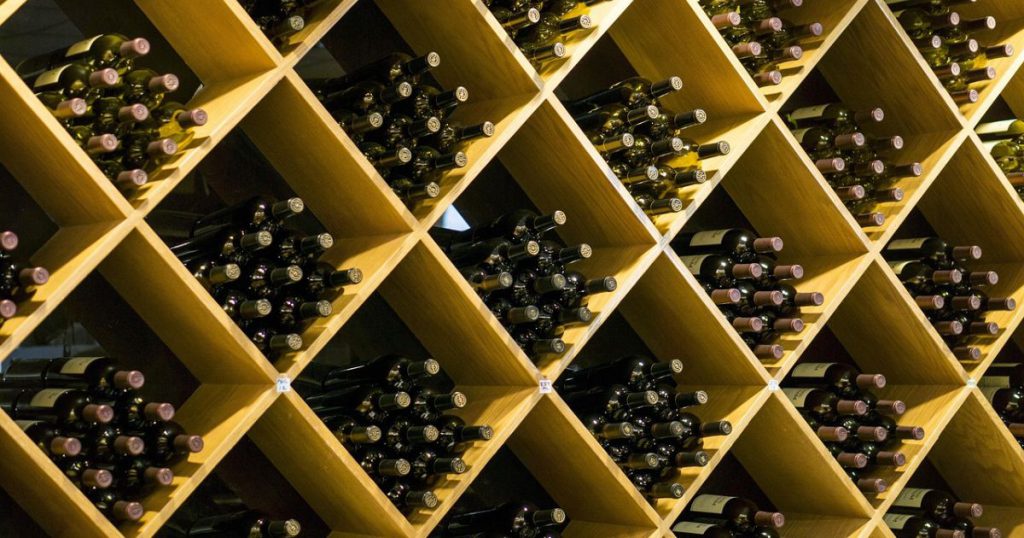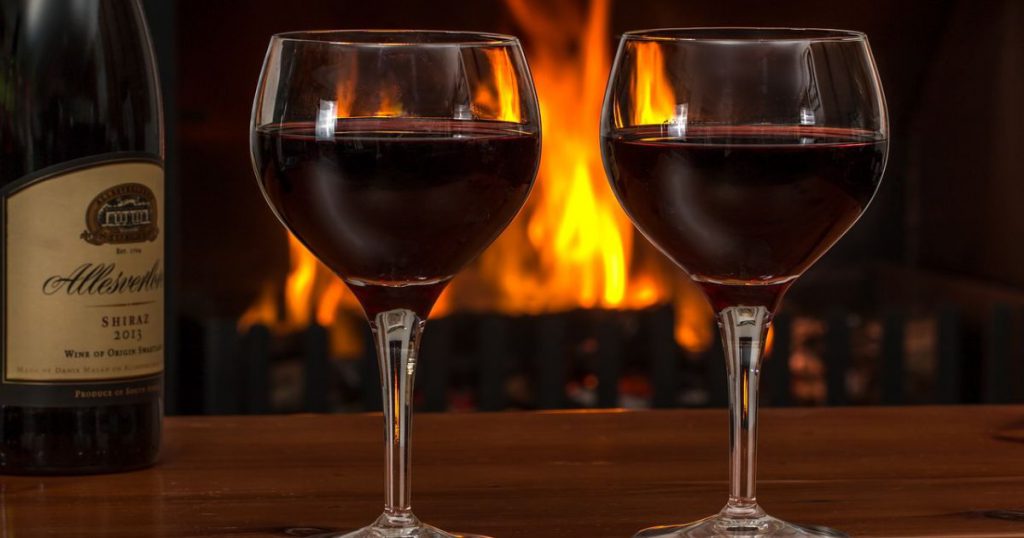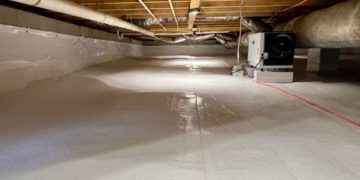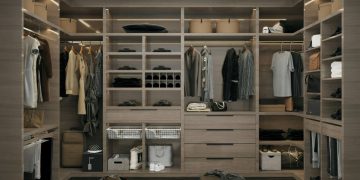
Ever sip a glass of wine at a restaurant or winery and think, “Why does this taste so much better than the bottles I open at home?” It’s not just the mood lighting; it’s proper wine storage.
Storing wine in the right conditions helps to protect its taste and quality. Want to learn how to store your wine like the pros? You’re in the right place.
Ideal Conditions for Wine Storage
How do you store wine? Good wine deserves good conditions—it only takes three methods to keep it happy.
Temperature Control
Temperature plays a big role in how wine ages and tastes. Too much heat and the wine rushes through the aging process. If it’s too cold, corks shrink just enough to let in air, which slowly chips away at the flavor.
Proper wine storage temperature usually falls between 45°F and 65°F. For reds and aging bottles, 55°F tends to be the sweet spot. But what temperature should white wine be stored at? Closer to 45°F, so things stay cool and crisp.
Humidity Levels
Corks seal bottles against air exposure. But they need the right humidity to hold the line, somewhere between 50% and 70%. If the air is too dry, corks shrink and let oxygen in. Too much moisture, and you’ve got mold, musty smells, and unhappy labels.
Light Exposure
Sipping wine in the sunlight? A dream. Storing it in sunlight? A total nightmare. Light exposure is an important factor to keep in mind when learning how to store wine as UV rays break down flavor compounds, dulling taste, and aroma. Even harsh indoor lighting, like fluorescents, can affect how your wine is stored.
Here’s how to keep your wine bottles protected:
- Store in a dark cabinet, closet, or cool corner.
- Block sunlight with blackout curtains or UV film.
- Use low-watt or dimmable bulbs.

Proper Bottle Positioning
So, you’ve got the conditions down—your wine’s cool, dark, and undisturbed. Now comes the next part: how do you store wine on the shelf? That depends on the wine.
- Horizontal storage is best for bottles with natural corks, which is why most wine racks are built to hold them that way. It keeps the cork moist and the bottle still, precisely what wine needs to age gracefully.
- Vertical storage works fine for screw caps and synthetic corks but will dry out natural corks over time.
- Sparkling wine can stand upright for a bit, but if you save it for something special, let it rest on its side.

Selecting the Right Storage Space for Your Bottles
Whether you’re in a studio apartment or a sprawling mansion, where you store your wine can dramatically affect its taste and how it ages over time.
Wine Cellar
- Pros: Super stable and perfect for long-term aging.
- Cons: Expensive and not exactly practical if you’re short on space.
Wine Fridge or Cooler
- Pros: Keeps bottles cool and consistent. Great for short to medium-term storage and compact spaces.
- Cons: It doesn’t accommodate large collections or those oddly tall bottles that never fit anywhere.
Regular Refrigerator
- Pros: Quick and convenient for a quick chill before dinner.
- Cons: Too cold, too dry, and full of smells that don’t pair well with Pinot.

Common Wine Storage Mistakes to Avoid
They say don’t cry over spilled milk, but spoiled wine is another story. Here are the most common storage slip-ups to avoid when learning how to store wine:
- Heat: Keep bottles far from stoves, heaters, or sunny spots. Warm wine ages quickly and not in a good way.
- Strong Smells: Corks absorb odors easily, so don’t store bottles near cleaners, perfumes, or last night’s takeout.
- Vibrations: Wine needs stillness. Too much movement stirs up sediment, affecting both its taste and texture.
- Overcrowding: Give your bottles breathing room. Think cozy but not cramped.
For Wine That Reaches Its Full Potential
Wine might be a bit high-maintenance, but it doesn’t require much. Just a cool, dark, quiet spot to rest until it’s needed—which is honestly pretty relatable.
No space at home or tired of tracking humidity? CubeSmart’s specialized wine storage units offer climate and humidity control so your wine stays flavorful, balanced, and ready for your next celebration.







